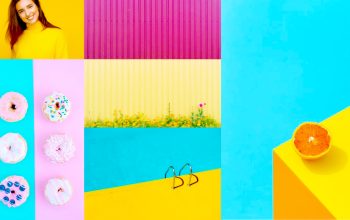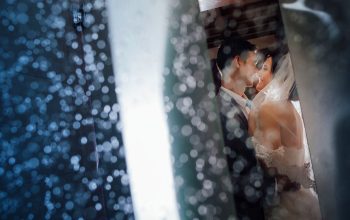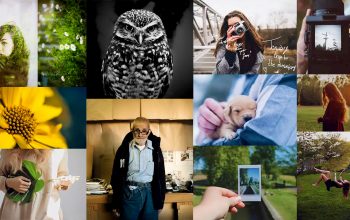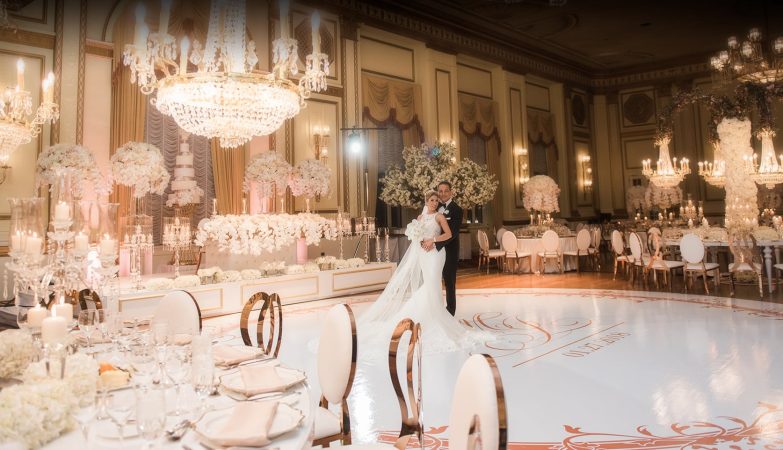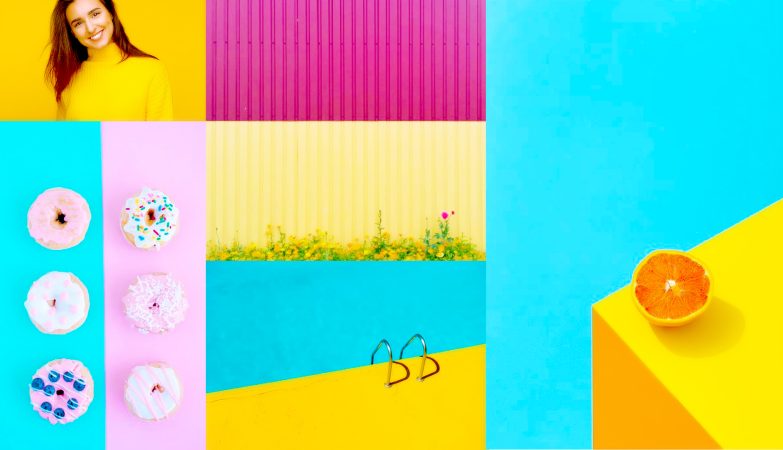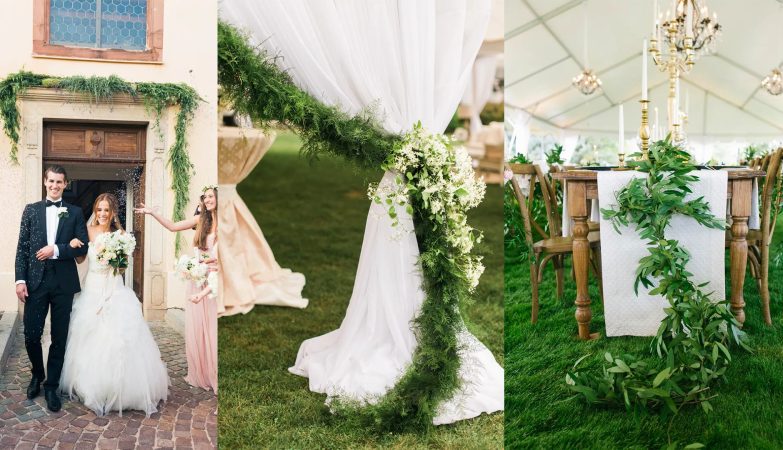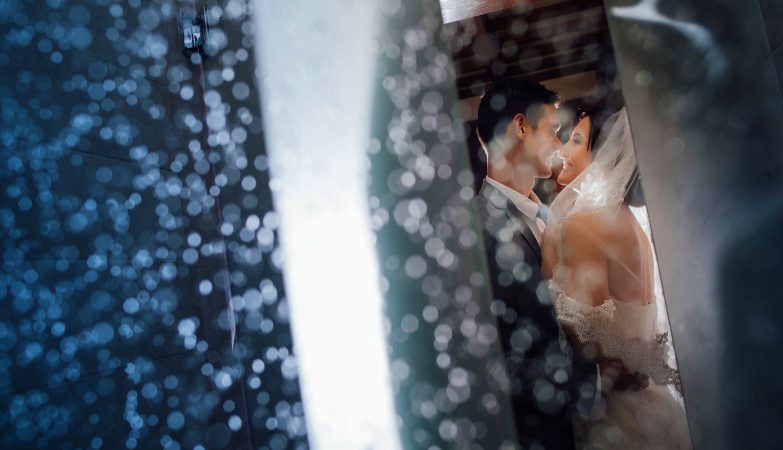
Macro photography shows us details on a scale that is not visible to the naked human eye. But knowing what works best for macro photography can be tricky. This is why we’ll show you some simple macro photography ideas you can create without even leaving your house. But first…
WHAT IS MACRO PHOTOGRAPHY EXACTLY?
Capturing images of small-sized things like bugs or flower stems is possible through the use of dedicated macro lenses, extension tubes, bellows or reverse adapter rings. These allow for a closer focus distance and therefore more magnification compared to a standard lens. Even though some lenses have a macro setting printed on the focus distance ring, it doesn’t mean they are true macro lenses. True macro photography happens when the projection of the subject on your camera sensor is the same size as the subject itself. That represents a ratio of 1:1, also known as life-size magnification.

What we’ll focus on here is where and when to photograph macro. Finding the right subject is probably the hardest part. The ability to spot good macro subjects requires a trained eye and great attention to detail. Beginners tend to think that they need to be in a faraway outdoors location with exotic flowers and insects to create interesting macro images, but the truth is that interesting macro scenes are everywhere. If you take a look around where you are standing right now, we bet you will find a few potential subjects that will most likely give you interesting macro photography ideas. So here are our some ideas for when you’re stuck indoors or if you just want to try your hand at macro.

FEATHERS
My living room couch has a couple of pillows that are filled with goose feathers. Every once in while a few of them manage to escape and just lay on the floor. When I pick them up, I always get fascinated by how beautiful and complex they are, so whenever I get the chance I try to photograph them.
This particular image was photographed with a 100mm macro lens, a black cardboard background and a simple LED flashlight. The simple side light gives the feather a deeper dimension with light to shadow transition.

SLICED FRUIT
Fruit colours and textures are always good macro subjects, but there is a particular category that I really enjoy photographing: citrus fruits. Because of their inner transparency, these fruits show some amazing patterns when sliced and backlighted. If you get really close, the sense of scale is totally lost, so it becomes an abstract set of shapes and colours that you can use creatively.
This particular image was photographed from the top with a 50mm macro lens and backlighted with a Speedlight placed under a white acrylic where the lemon slice was lying flat.
Other semi-transparent objects like leaves, vegetables or liquids will also work well with this setup. It’s just a matter of finding the right composition and lighting.

WOOD
If you look at wood close enough you will see amazing details like grain, texture and figure that change as time goes by, just like the human body changes as we get old. Dendrologists study this complex process of a tree’s development, but I just photograph them for their beauty and amazing detail.
This particular image, of a couple of wood logs that were standing next to my fireplace, was photographed with a reversed 50mm lens and some side light from a nearby window.

ASHES
If the wood is an amazing subject for macro photography, burned-out wood or the leftover are even more fascinating. Normally you might stay away from ash, so as not to breathe it in or get yourself dirty. But if you take a closer look you will understand its macro imaging potential.
In this particular image, I photographed ash waiting to be removed from my fireplace. I used a 100mm lens and with some simple backlight provided by a LED flashlight. The result was a really interesting image composition filled with detail and light transitions.

RUST
The reddish-brown flaky coat of iron oxide that forms on the surface of some metals is a really amazing macro subject due to its texture and colour nuances. Objects with patina always give a moody vibe to an image and this image explores just that, along with all the different meanings a lock can express.
It was created with a 50mm macro lens and some soft side light from a desk lamp covered with wax paper.

SHINY SURFACES
According to scientists, we are attracted to shiny objects not because we think they are “pretty”, but essentially because they remind us of our need for water. The way light reflects on shiny objects is always a good case study in photography, and macro scale is not an exception.
In this particular image, a steel chain on a black slate stone with water drops on top is the perfect scenario. I used a 100mm macro lens and a simple setup with white cardboard on the back, reflecting the light provided by a Speedlight mounted on top of the camera.

GLASS CRYSTALS
When light enters any substance with a higher refractive index, such as from air into glass, it slows down, changing its direction. This phenomenon is called refraction and is the reason why when white light shines through a prism, each colour refracts at a slightly different angle. Violet light refracts slightly more than red light. A prism can be used to show the seven colours of the spectrum that make up white light.
In this image, I inverted the process using the white light of a Speedlight covered with some small strips of coloured gels to create a rainbow effect on the faceted glass crystals.

INSECTS
Due to their small size and rapid movements, insects are a really difficult subject to photograph in macro. Wildlife photographers often use dedicated equipment with laser movement sensors and macro spotlights to be able to freeze the action and capture this type of images. But don’t let this demotivate you. Even if you don’t have this type of equipment, it doesn’t mean you cannot give it a try.
In this image I photographed a dead housefly I found near a window frame. The fact that it was lying still in really good light made it possible for me. I used a 100mm lens with a 25mm extension tube to make it possible to focus even closer.
In this situation, it is important to use a steady tripod and a remote shutter release to avoid any camera movement during the image capture. The focus position and the depth of field are critical. Even the smallest movement can change it all. In this particular case, the focus was pointed on the fly’s back and the tiny hair on it.
It is amazing how creepy and aggressive a small fly looks when you look really close to it.

FLOWERS
Botanic species are probably a macro photographer’s favourite subjects. The amount of colours, shapes and textures you can find in a simple flower is overwhelming. It’s not hard to create good images from them. My wife loves orchids, so we always have a couple of them around the house. Because I am a bit lazy to go out in the field and photograph flowers in their natural habitat, I always find myself photographing orchids indoors.
I took this image was with a 50mm macro lens and some backlight coming from a window.

LIQUID DROPS AND SPLASHES
We see liquid drops and splashes every day, but they happen so fast that we never get to really appreciate them. There is something really magical about freezing this type of action in an image.
It is not an easy task though. Freezing something like a water drop in its rebound position requires high-speed camera settings and perfect timing. At a professional studio level, this type of imaging is done with special electronic drip control kits that control the action and allow predictable and repeatable results. But you can give it a try too even if you don’t own that type of expensive equipment.
Trial and error is the way to go and this image is a perfect example. After 20 failed shots this one happened and I really like the look of it. It was done with a bowl of milk and an eyedropper. The camera was set to shutter speed 1/250 and I used a Speedlight as a light source.
Using continuous burst mode might sound like a good option, but the truth is that Speedlight recycles times usually don’t allow too many frames per second resulting in a sequence of black images. I used a 100mm lens to get as close as possible and capture all the detail from that really small tsunami happening in a bowl of milk.
Please bear in mind that electronics and liquids don’t get along. Protecting your gear from the splashes is imperative. I used some plastic food wrap to protect the camera, lens and Speedlight from possible spills and avoid damaging them.

CONCLUSION
Fear of missing out is probably a photographer’s worst enemy. Experimenting and learning from your mistakes will keep you sharp and ready for new challenges. Simple exercises like the ones you saw in these images will soon lead you to better and more complex ones. Give these macro photography ideas a try, I’m sure you will have a lot of fun as I did doing them.
originally posted on expertphotography.com by Ivo Guimaraes
